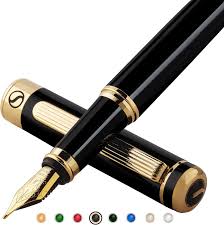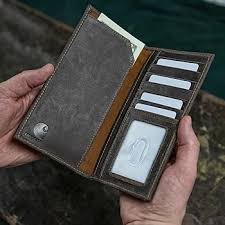Uses of a Pen
The pen, a seemingly simple yet profoundly significant tool, has played a pivotal role in human history and continues to be an essential instrument in daily life. Its versatility and accessibility make it indispensable across various domains, from education and work to personal expression and cultural heritage.
In education, the pen is a fundamental tool for learning and intellectual development. It enables students to take notes, complete assignments, and engage in written exercises, fostering comprehension and retention of knowledge. Writing by hand with a pen is known to enhance cognitive functions, improve memory, and stimulate critical thinking. It allows students to organize their thoughts, outline ideas, and develop their writing skills, which are crucial for academic success. Despite the rise of digital technology, the pen remains irreplaceable in classrooms, where it supports the development of fine motor skills and aids in the physical act of writing, which is integral to the learning process.
In the professional world, the pen is a symbol of authority, precision, and reliability. It is used in signing documents, drafting plans, and annotating reports, ensuring clear communication and documentation. In fields such as law, medicine, and business, the pen is indispensable for recording vital information, authenticating agreements, and maintaining accurate records. The act of signing a document with a pen carries legal and formal significance, embodying the commitment and responsibility of the signatory. Furthermore, in creative professions like writing, art, and design, the pen is a tool of expression and innovation. Writers draft manuscripts, artists sketch ideas, and designers create initial concepts, all with the tactile feedback and control that only a pen can provide.
Beyond its practical applications, the pen holds cultural and personal significance. It has been a medium for preserving history, culture, and literature for centuries. The handwritten manuscripts, letters, and diaries of the past offer invaluable insights into the lives and thoughts of individuals, bridging generations and connecting us with our heritage. The pen also serves as a means of personal expression and connection. Handwritten letters and notes convey emotions and sentiments in a deeply personal way, fostering intimacy and sincerity in communication. The physical act of writing with a pen can be a meditative and reflective process, allowing individuals to articulate their thoughts, express their creativity, and document their experiences.
Moreover, the pen is an enduring symbol of education and progress. It represents the power of knowledge, the importance of literacy, and the value of communication. As a tool, it democratizes access to information and expression, transcending socio-economic barriers. The affordability and portability of pens make them accessible to people worldwide, empowering individuals to learn, create, and communicate regardless of their circumstances.
In conclusion, the pen’s use extends far beyond its physical form, encompassing education, professional endeavors, personal expression, and cultural preservation. Its continued relevance in the digital age underscores its irreplaceable role in human society. The pen not only facilitates daily tasks but also enriches our intellectual, professional, and personal lives, embodying the timeless importance of written communication.


































































https://community.onespan.com/user/gwoodscapes
https://platzi.com/p/gwoodscapesunit
https://www.ratebeer.com/user/745262/
https://www.visorando.com/page-21922078/
https://old.meneame.net/user/gwoodscapes
https://www.mindphp.com/forums/memberlist.php?mode=viewprofile&u=33393
https://de.brusheezy.com/mitglieder/gwoodscapesunit
https://www.footeo.com/en_US/users/godrej-woodscapes
https://www.lovecrafts.com/en-gb/user/Godrej-Woodscapes/a19c287d-44c2-47a6-8f5e-c4b323b64d5d
https://youpic.com/godrej_woodscapes/bio
https://www.rcuniverse.com/forum/members/praintreepark.html
https://www.espace-recettes.fr/users/praintreepark/664331
https://www.funddreamer.com/users/prestige-raintree-park-1
https://linksome.me/praintreepark
https://forum.zenstudios.com/member/3697136-praintreepark/about
https://mypage.thesims3.com/mypage/praintreepark
https://velog.io/@psomervilleunit
https://www.linux.org/members/psomerville.181087/
https://voz.vn/u/psomervilleunits.2013254/
https://git.project-hobbit.eu/praintreeparkunit
https://forum.flitetest.com/index.php?members/praintreepark.80245/